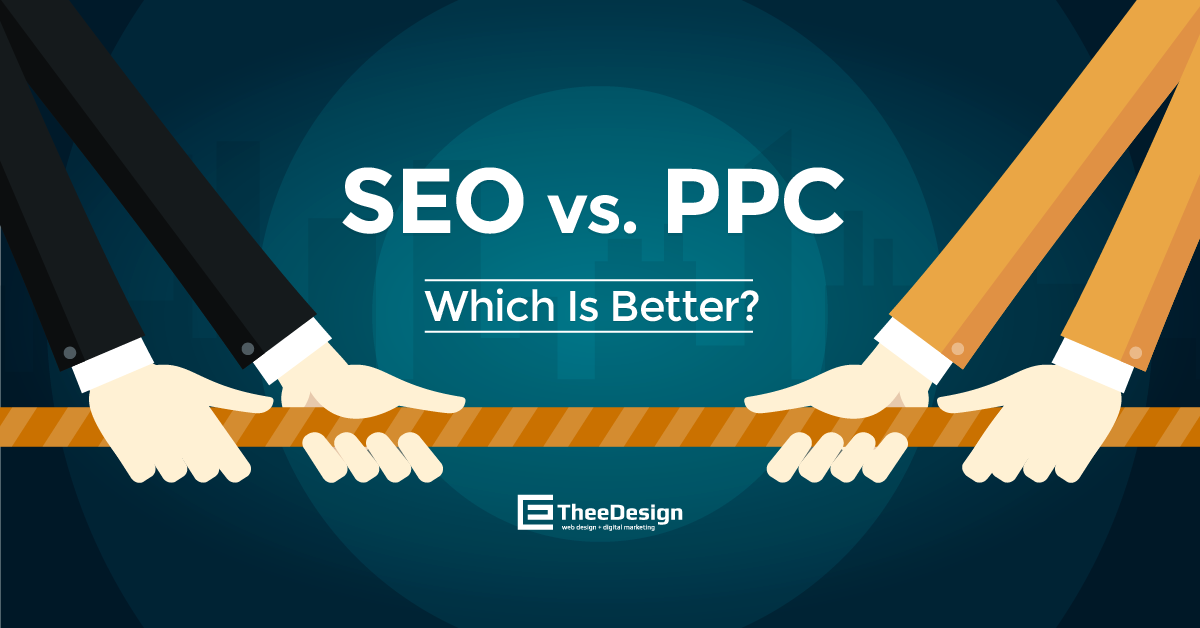

All of this gives you an idea – but very little firm data – on what topics you can cover.Īll of this because Google didn’t want to provide specific data to webmasters any more. You have to see what content your competitors are publishing, and you have to see what the sites linking to those competitors are using as context for their links. This means that a lot of modern day keyword analysis is actually more of content and backlink analysis. As long as that content is valuable enough to rank highly, it will show up.

These days, Google’s semantic analysis of a phrase means that you can type one thing in search, and another thing using synonyms but none of the original words will appear. Keyword density, exact match phrases, and all of that is all in the past. Now, keywords still matter, but they do matter less than they did before. I waited a minute after writing this to see if Google, omnipresent as they are, would send me a private message apologizing to us for removing keyword data. Even so, there are still keywords in use, in the sense that every article has a primary topic, and that topic is a relevant keyword. Well, that’s great Google, but how can we plan our content now? I get that you want people to focus less on keyword density and exact match long tail phrases that suck to use in common language. They changed a system internally that hid data, and they chose not to fix it, instead telling webmasters it’s because they want less emphasis on keywords moving forward. “Not provided” was Google’s way of hiding some keyword data, and later almost all of it. It was a golden age, before the “not provided” plague set in. You could use that data for a whole host of applications.

Back in the day, the best way to get keyword information was to use Google Analytics on your own site, which provided a ton of data for your own optimization purposes.


 0 kommentar(er)
0 kommentar(er)
